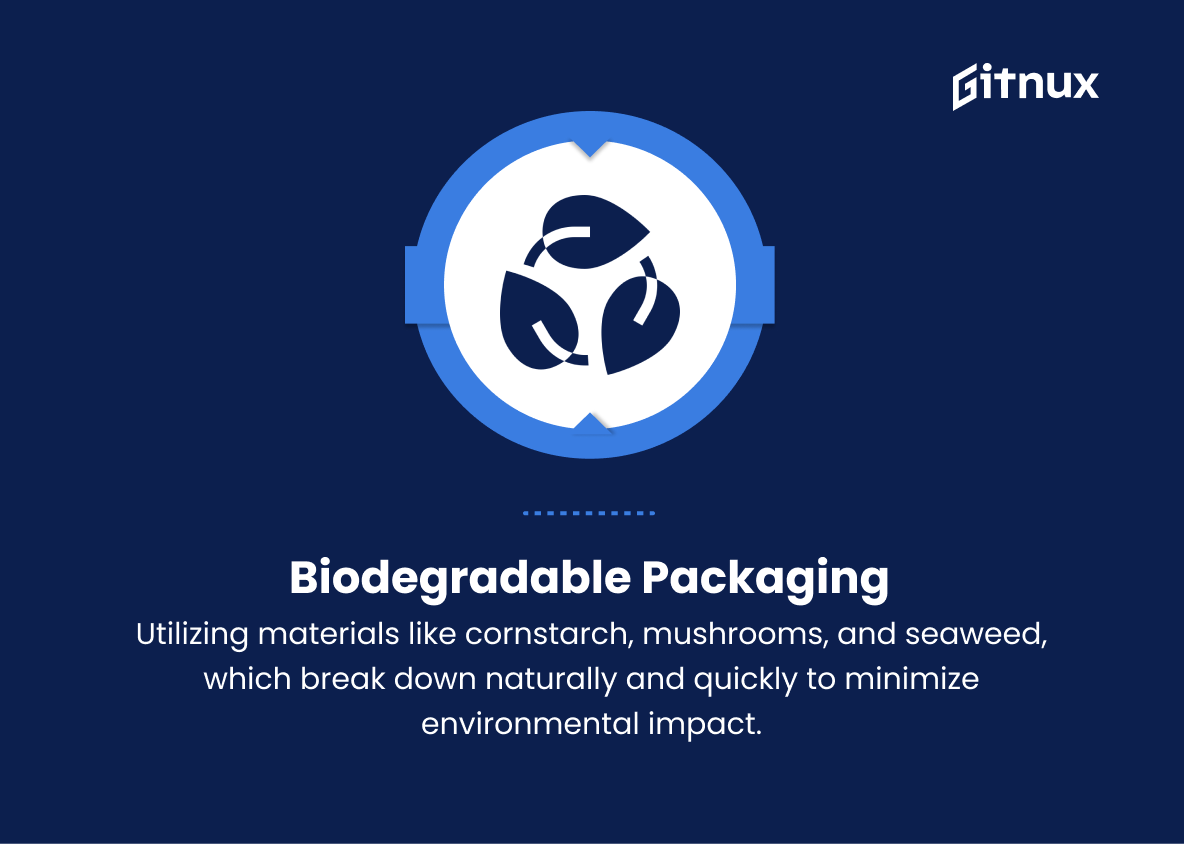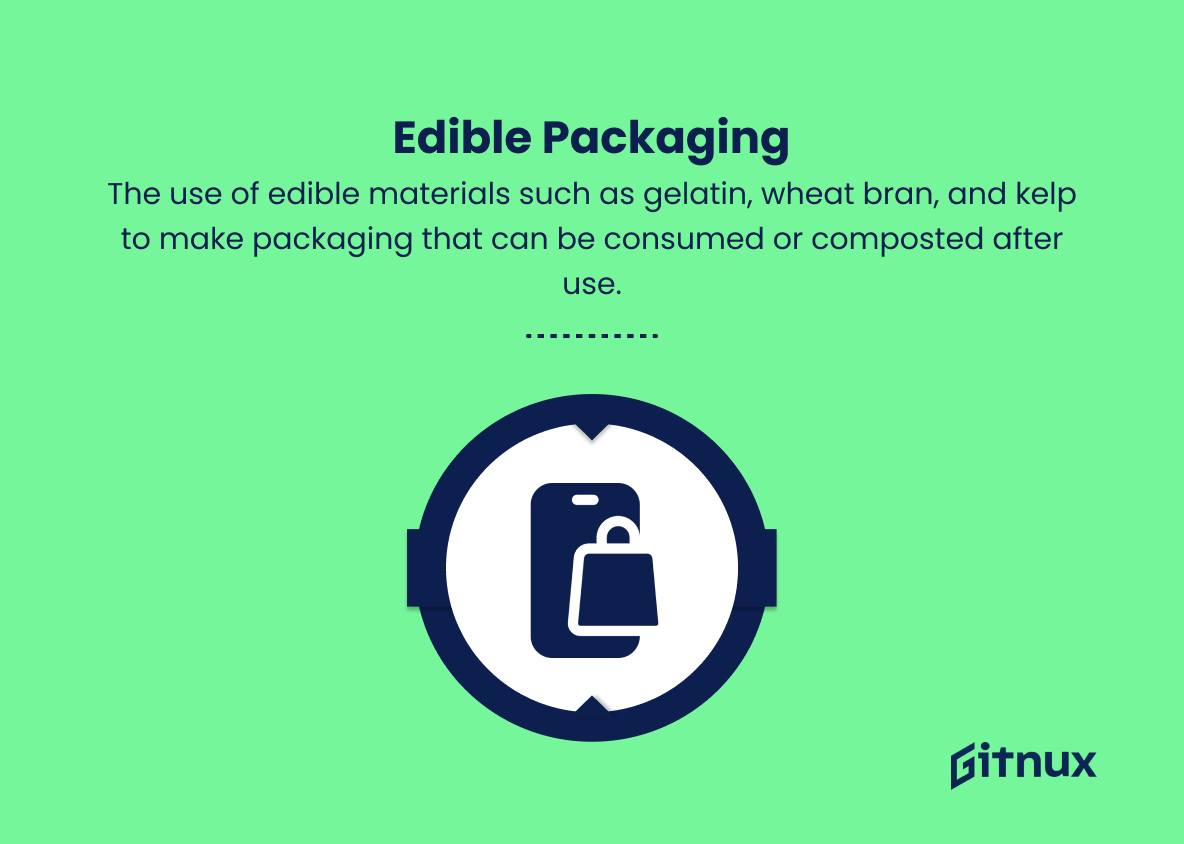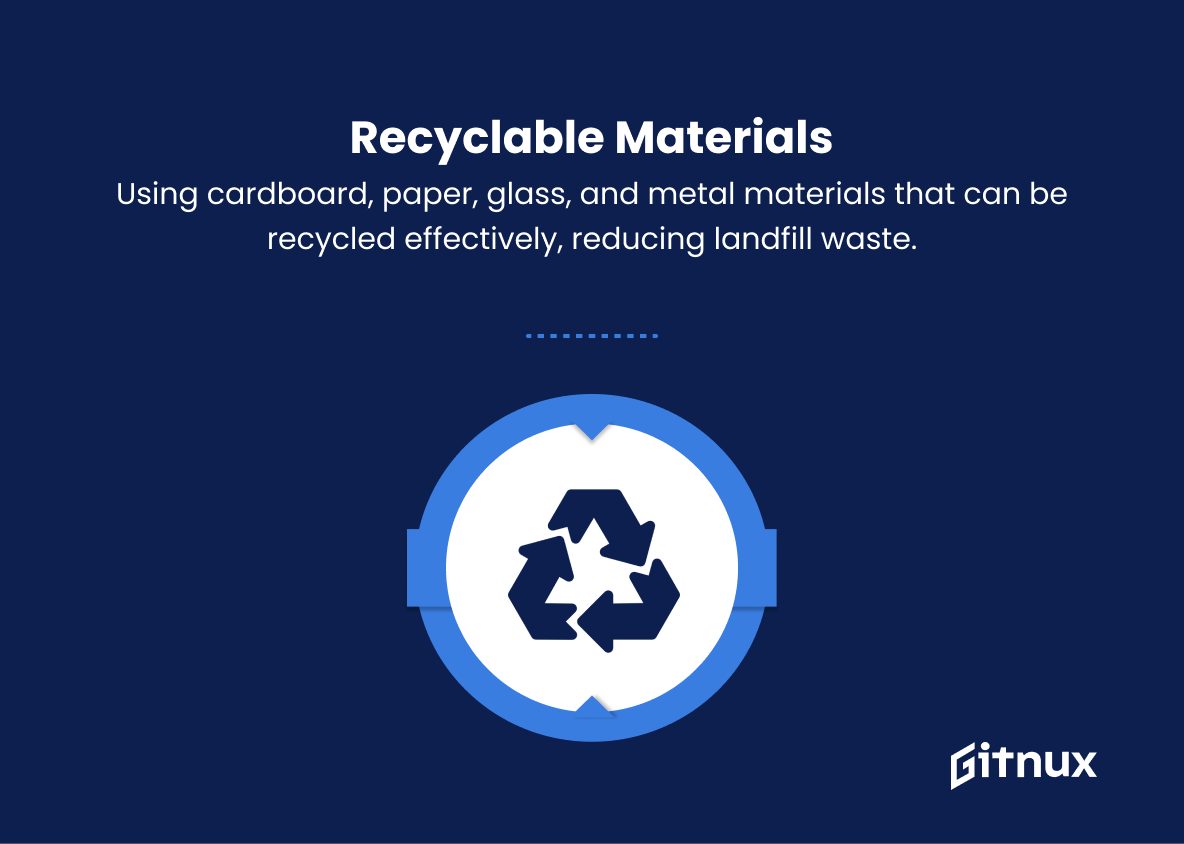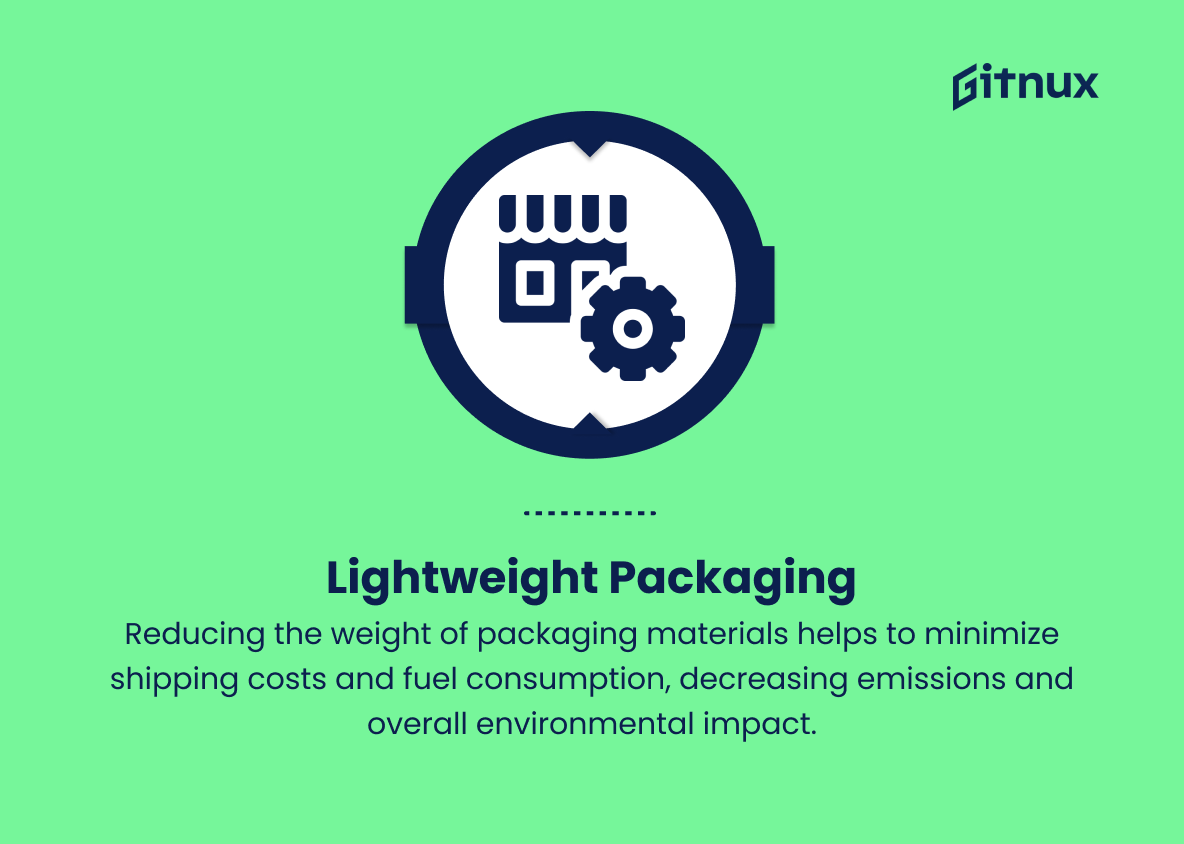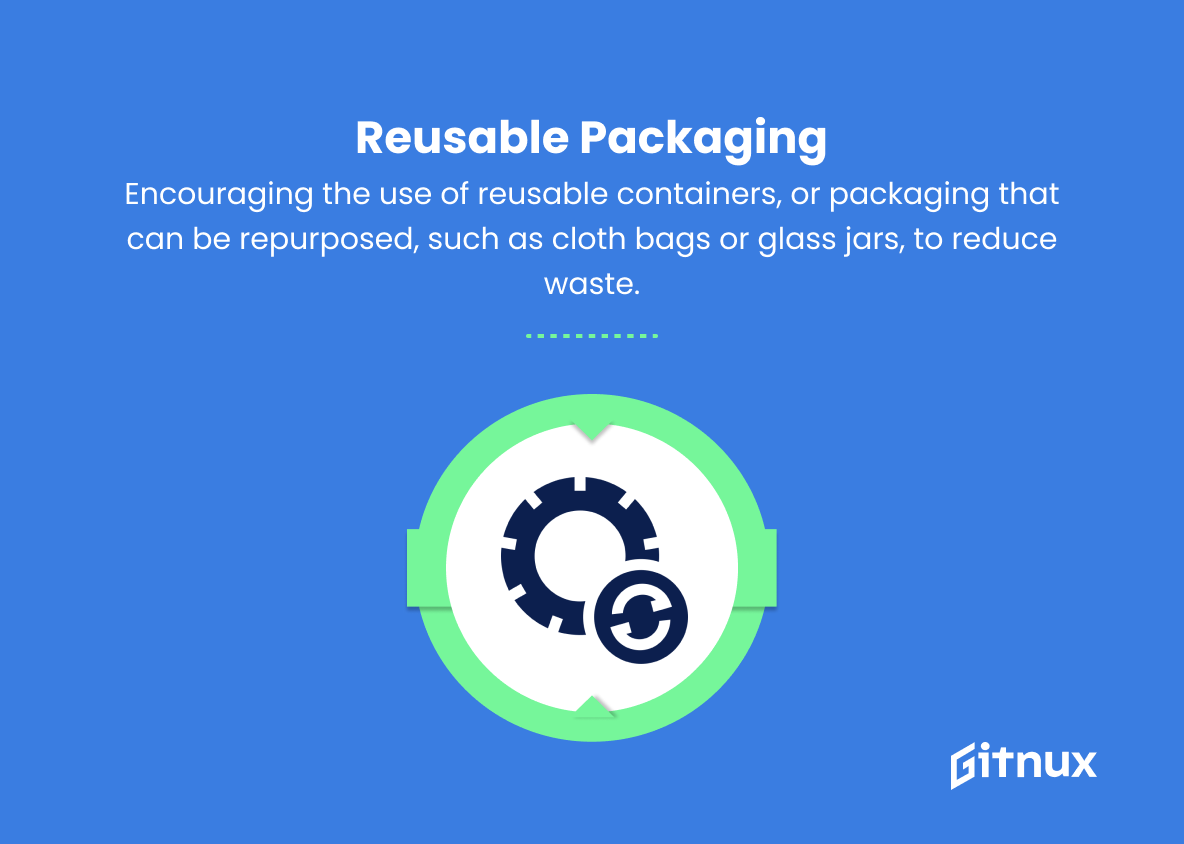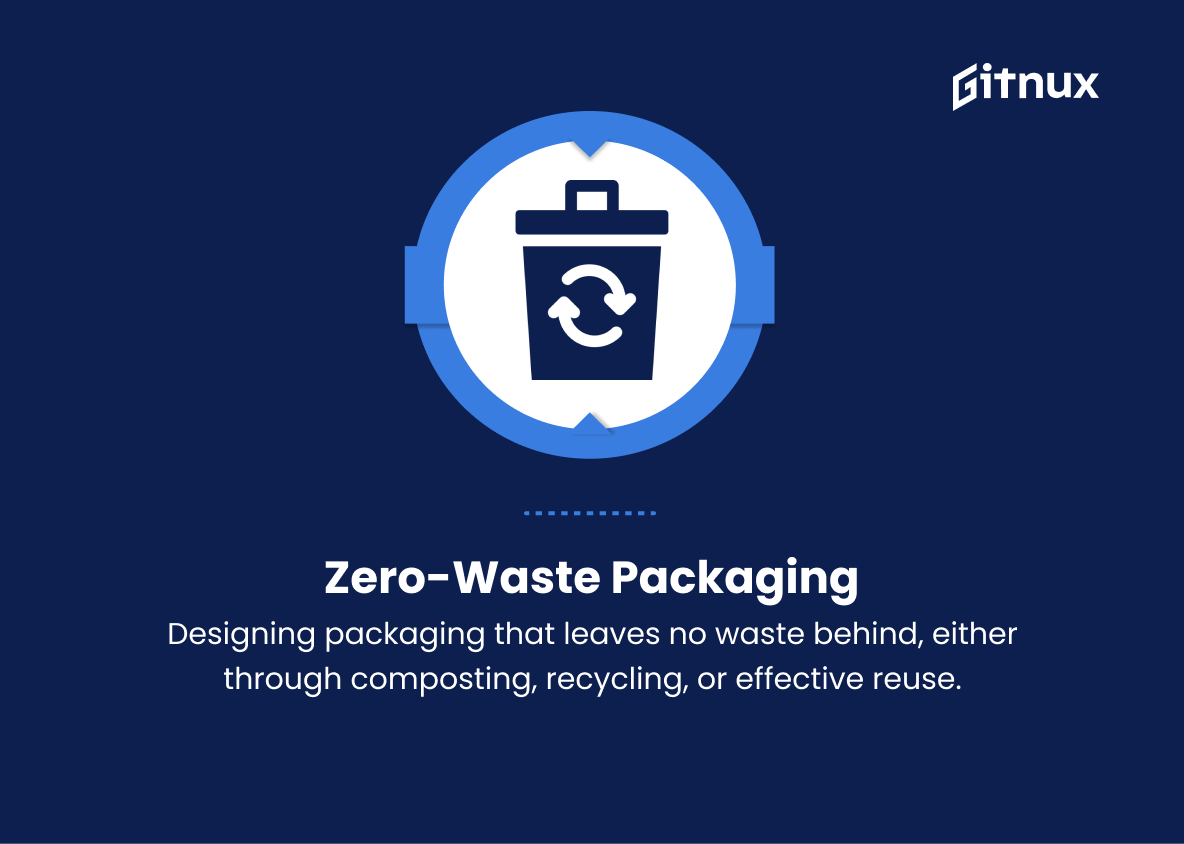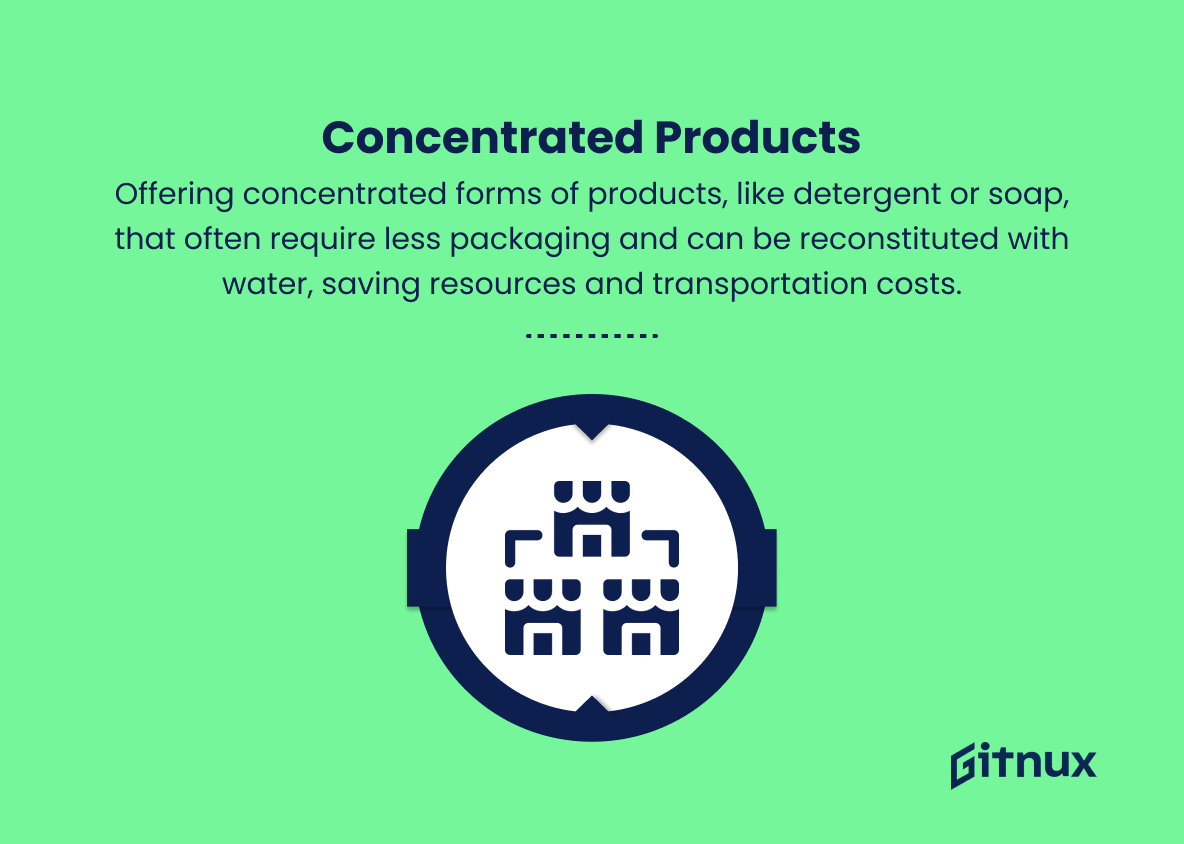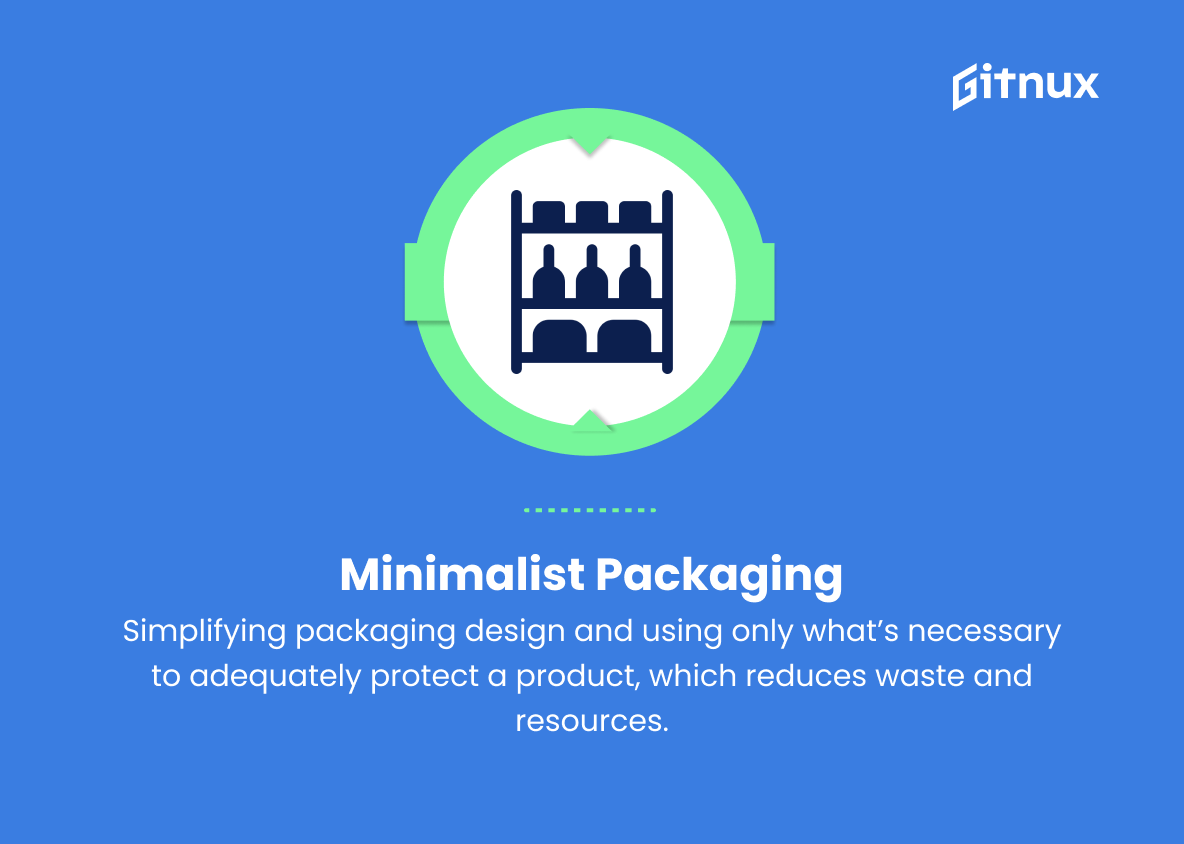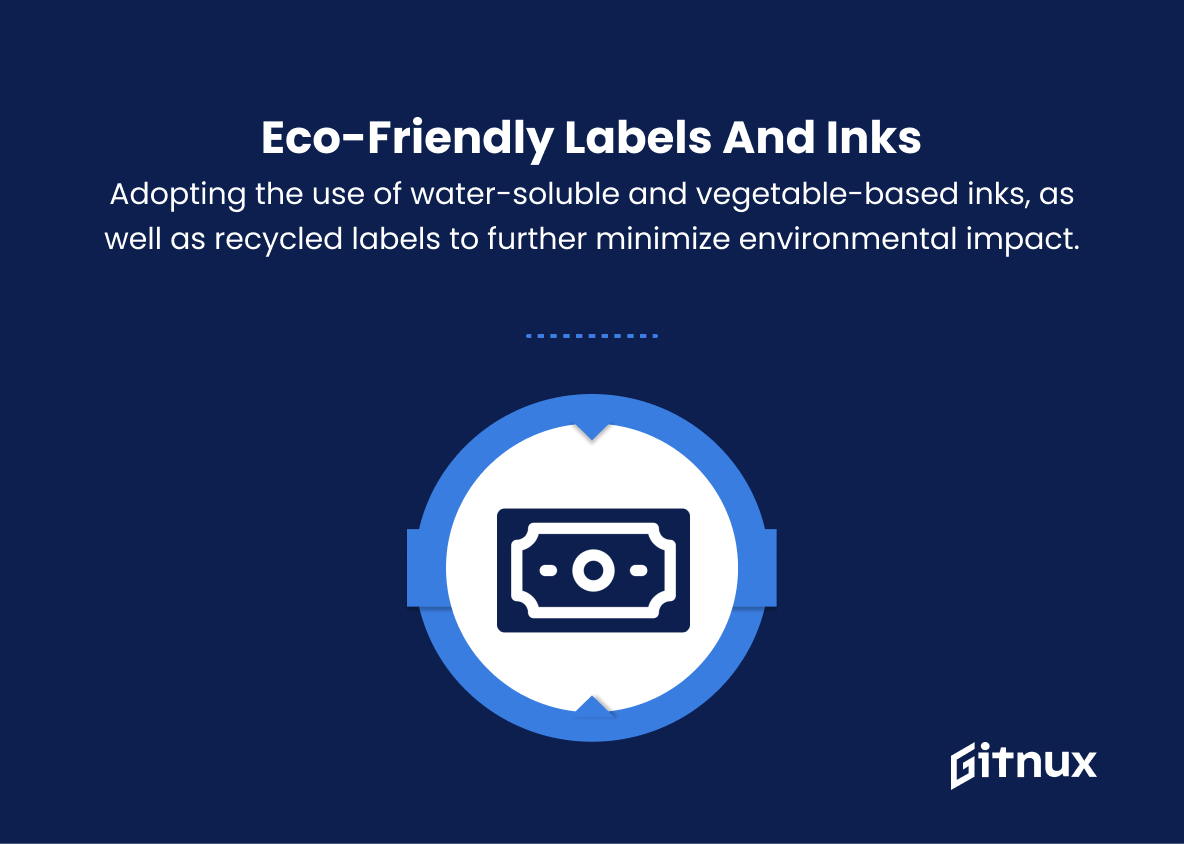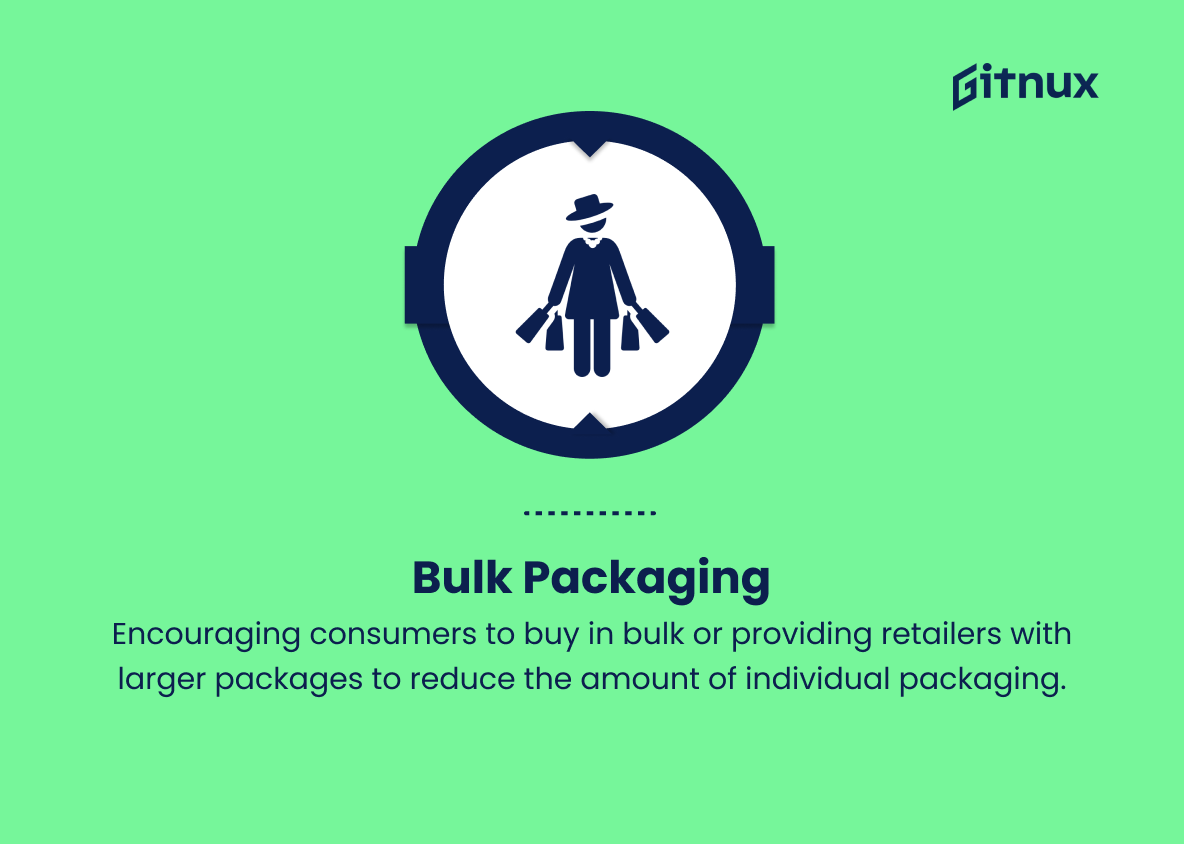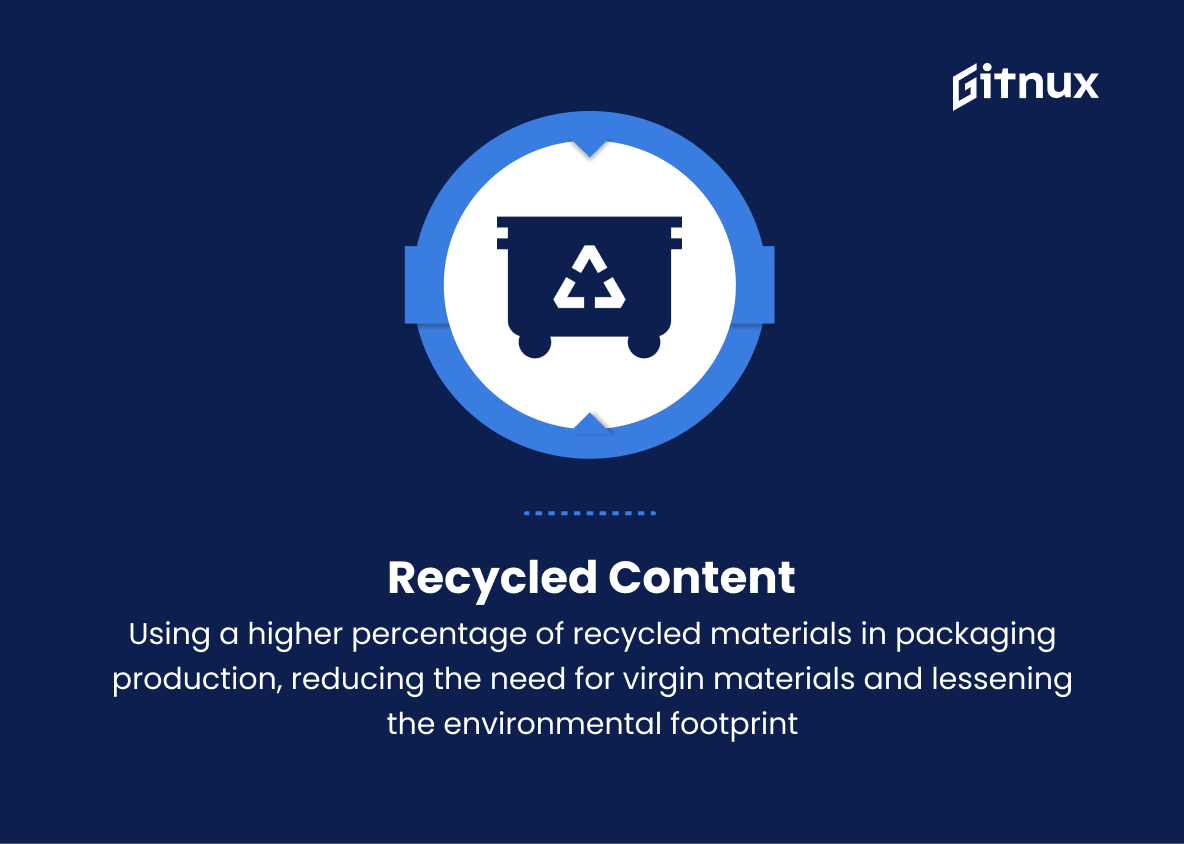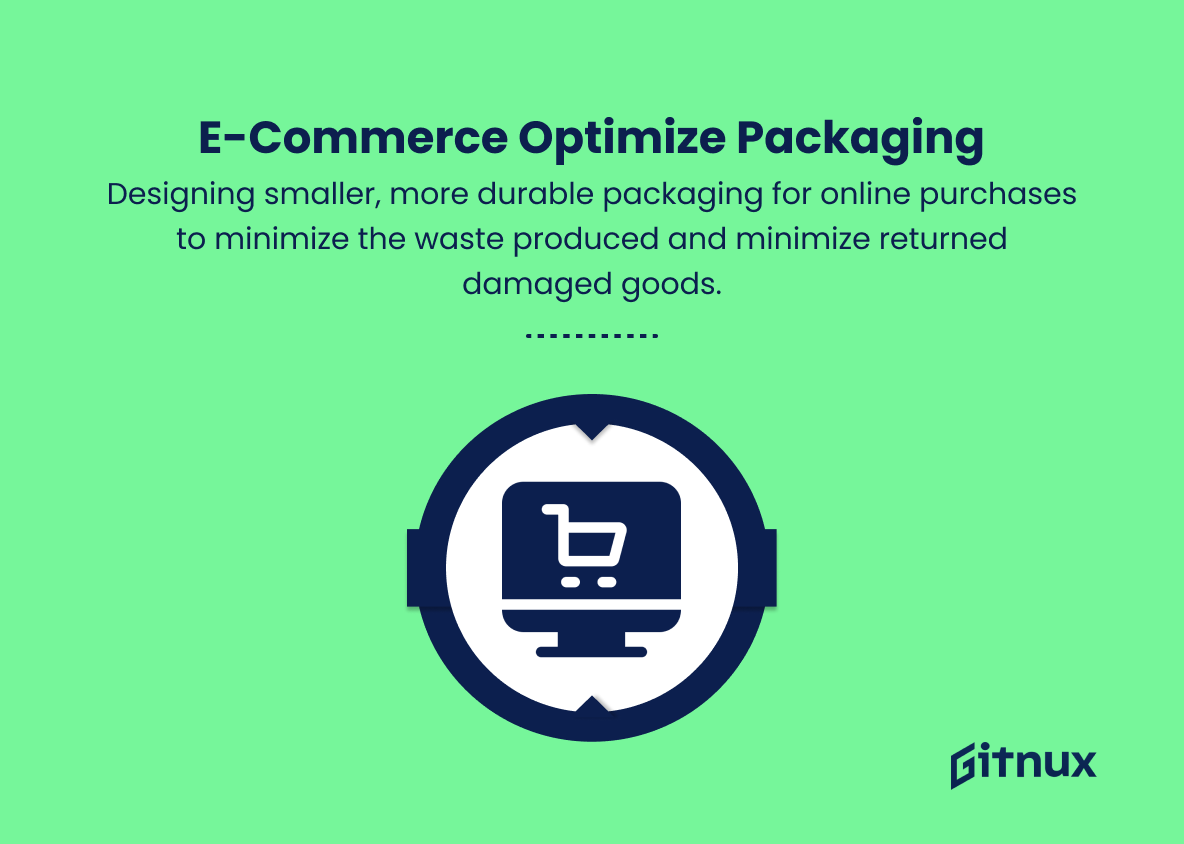In a world where environmental concerns are shaping the way we make decisions about consumption and business, it’s crucial to keep ourselves informed about the latest trends in sustainability, particularly in the realm of packaging. As the demand for eco-friendly solutions rises, industries are responding with innovative methods to reduce waste and minimize the ecological footprint of their products.
This has spurred the development of various packaging materials, designs, and technologies that promise a greener future. In this blog post, we will delve into the most significant packaging sustainability trends taking the market by storm, while offering insights on their potential influence and long-term impact on both consumers and the environment.
Top Packaging Sustainability Trends
1. Biodegradable packaging
Utilizing materials like cornstarch, mushrooms, and seaweed, which break down naturally and quickly to minimize environmental impact.
2. Edible packaging
The use of edible materials such as gelatin, wheat bran, and kelp to make packaging that can be consumed or composted after use.
3. Plant-based packaging
Using plant-derived materials, like PLA (polylactic acid), to replace petroleum-based plastics and reduce greenhouse gas emissions and reliance on fossil fuels.
4. Recyclable materials
Using cardboard, paper, glass, and metal materials that can be recycled effectively, reducing landfill waste.
5. Lightweight packaging
Reducing the weight of packaging materials helps to minimize shipping costs and fuel consumption, decreasing emissions and overall environmental impact.
6. Reusable packaging
Encouraging the use of reusable containers, or packaging that can be repurposed, such as cloth bags or glass jars, to reduce waste.
7. Zero-waste packaging
Designing packaging that leaves no waste behind, either through composting, recycling, or effective reuse.
8. Concentrated products
Offering concentrated forms of products, like detergent or soap, that often require less packaging and can be reconstituted with water, saving resources and transportation costs.
9. Minimalist packaging
Simplifying packaging design and using only what’s necessary to adequately protect a product, which reduces waste and resources.
10. Eco-friendly labels and inks
Adopting the use of water-soluble and vegetable-based inks, as well as recycled labels to further minimize environmental impact.
11. Bulk packaging
Encouraging consumers to buy in bulk or providing retailers with larger packages to reduce the amount of individual packaging.
12. Cradle-to-cradle design
Creating packaging that can be easily disassembled for recycling or repurposing, ensuring every component can have a new life.
13. Recycled content
Using a higher percentage of recycled materials in packaging production, reducing the need for virgin materials and lessening the environmental footprint.
14. E-commerce optimize packaging
Designing smaller, more durable packaging for online purchases to minimize the waste produced and minimize returned damaged goods.
15. Customization and 3D printing
Using 3D printing technology to create personalized and tailored packaging, reducing excess materials and waste.
16. Smart packaging
Implementing technology into packaging, such as QR codes or sensors, to provide consumers additional information on recycling or product usage instructions, promoting sustainability.
Implications
Packaging sustainability trends, such as biodegradable, edible, and plant-based materials, will revolutionize the way goods are packaged and contribute to a greener future. By utilizing renewable resources, lightweight packaging, and recyclable materials, these innovative solutions will reduce landfill waste, greenhouse gas emissions, and reliance on fossil fuels.
In addition, adopting minimalist designs, eco-friendly labels and inks, concentrated products, and bulk packaging will minimize waste, save resources, and reduce transportation costs. Implementing reusable, zero-waste, and cradle-to-cradle packaging will further promote a circular economy, giving each component a new life and cutting the consumption of virgin materials.
The integration of e-commerce optimized packaging, customization using 3D printing, and smart packaging with technology will provide better user experiences, reduce waste, and encourage sustainable practices among consumers. In essence, these developments will transform the packaging industry, making it more efficient and environmentally friendly, while raising awareness about the importance of sustainability in our everyday lives.
Conclusion
As the importance of sustainable packaging continues to grow, staying informed about the latest trends in packaging sustainability is crucial for businesses and consumers alike. The increasing demand for eco-friendly materials, innovative designs, and responsible waste management practices has paved the way for a more sustainable future for the packaging industry.
By embracing these trends and committing to greener packaging solutions, companies can help reduce their environmental footprint while also meeting the evolving expectations of consumers. Furthermore, the integration of smarter technologies and circular economy strategies can redefine how we handle waste and resources, ultimately playing a vital role in preserving our planet for generations to come.
